Introduction
In the financial industry, banks and financial institutions often rely on third-party suppliers to provide essential services to their customers. This case study focuses on a supplier providing healthcare repayment services, including Health Savings Accounts (HSA), Flexible Spending Accounts (FRA), and Health Reimbursement Arrangements (HRA), to one of the world’s leading financial institutions, serving individuals, small- and middle-market businesses, large corporations, and governments with a full range of banking, investment management and other financial and risk management products and services. The supplier had recently failed a vendor compliance and information security audit, with over 75 areas of unsatisfactory results, putting their relationship with the client at risk.
Challenge
Upon being brought into the company, it was clear that the supplier’s information security posture required significant improvement. The initial evaluation revealed numerous gaps and vulnerabilities, highlighting a lack of accountability at both the senior leadership and middle management levels. Additionally, the technical skill set of the staff were insufficient to meet the compliance requirements and best practices.
Solution
Strategic development began with a thorough risk assessment to identify and prioritize critical vulnerabilities, engaging key stakeholders to align security initiatives with business objectives and compliance requirements. Immediate actions included implementing a patch management process to address known vulnerabilities, strengthening access controls by enforcing multi-factor authentication (MFA) and reviewing user permissions, and establishing an incident response team with a developed response plan for potential security breaches. Policies and procedures were updated, including comprehensive information security policies and mandatory security awareness training for all employees. Advanced security tools such as intrusion detection systems (IDS), firewalls, and endpoint protection were deployed, and all sensitive data was encrypted both in transit and at rest. Regular internal and external audits were scheduled to ensure ongoing compliance with industry standards and regulations, and continuous monitoring solutions were implemented to detect and respond to security incidents in real-time.
For long-term solutions, a governance framework was established to oversee information security initiatives and ensure alignment with business goals, along with a risk management program to continuously identify, assess, and mitigate risks. A robust vendor management program was implemented to ensure third-party suppliers adhered to security standards, with regular assessments and audits of third-party vendors. Business continuity and disaster recovery plans were developed and tested to ensure quick recovery from disruptions. The organization stayed updated with the latest security trends and technologies to continuously improve the security posture and encouraged a culture of security, promoting proactive measures and continuous improvement.
Business Outcome
The implementation of the action plan led to significant improvements in the supplier’s information security posture. Accurate risk reporting enabled the board of directors to make informed decisions. Anthony’s leadership was instrumental in ensuring the supplier met full compliance and salvaged a critical client relationship. Under his guidance, the organization not only met all regulatory requirements of the major bank but also fostered sustained growth and trust with the client for many years. The client quoted: “The supplier had gone from worst to first within our vendor management program within 7 months”. Anthony’s expertise and leadership were integral to our organization’s ability to navigate complex regulatory landscapes. His strategic approach and attention to detail ensured that we not only met compliance requirements but also exceeded expectations, allowing us to strengthen our partnership and achieve long-term growth.”
Conclusion
This case study demonstrates the importance of a comprehensive and strategic approach to information security. By addressing critical vulnerabilities, updating policies and procedures, and fostering a culture of continuous improvement, the supplier was able to turn around their compliance status and build a stronger relationship with their client.
Want to Read More:



